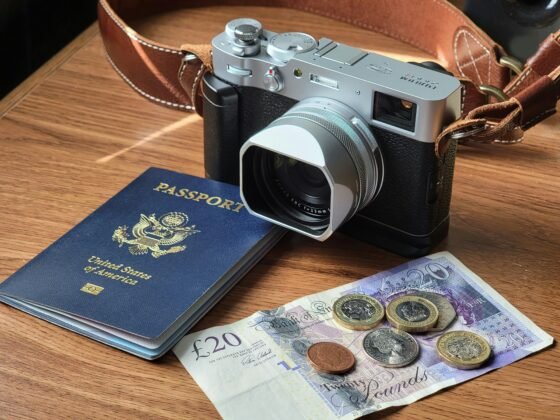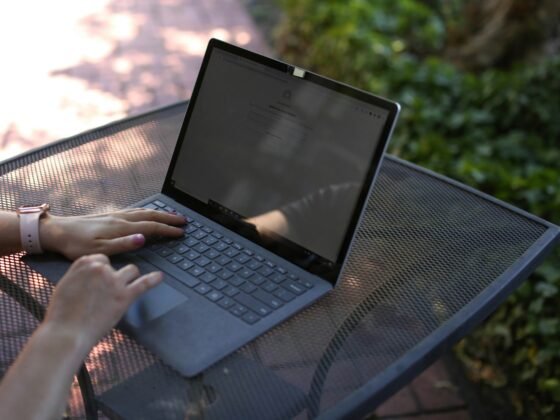From seasoned sailors to those new to the sea, taking to the water offers a beautiful opportunity to explore local surroundings or bask in a day at sea. Yet, as with any endeavour, ensuring safety is paramount, as a single misstep could spell disaster for you and your companions. While every vessel should be equipped with fundamental safety gear, additional measures to guarantee a secure and seamless voyage are worth considering. So, what are the most advanced safety provisions a boat can possess?
Personal Locator Beacons
Personal Locator Beacons, or PLBs, are vital tools every boat should have. They connect with local waterway authorities and send satellite messages to nearby rescue teams when you’re in distress. When choosing PLBs, opt for ones with return link services. This way, you’ll receive confirmation when the rescue team receives your distress call, assuring you that help is coming.
Flashlights
While flashlights may not appear particularly sophisticated, they remain an essential component of any emergency kit for boating. Yet, relying on standard flashlights may not be ideal, as their batteries could deplete quickly, and their beams might lack the necessary strength. Opting for high-powered LED flashlights with extended battery life is advisable, enabling safer navigation aboard the boat. Additionally, certain LED flashlights boast sufficient lumens to illuminate the water ahead, aiding in the detection of potential obstacles and mitigating the risk of collisions.
Automatic Identification System
The Automatic Identification System helps identify your boat’s location in case of a wreck or if your vessel runs out of gas while on the water. This system is beneficial in low visibility conditions, like nighttime or heavy fog. Additionally, you can equip life jackets with small AIS tags, which can aid in locating and rescuing anyone who falls overboard or gets swept away by waves, especially when abandoning a ship becomes necessary.
Flares
Flares are essential whether on a solo boating trip or aboard crewed yacht charters. Similar to other safety gear, they are vital in locating your vessel, mainly when radio communication isn’t feasible due to distance. Additionally, flares serve as distress signals, notifying rescue authorities of your approximate location and prompting them to initiate a search and rescue operation.
Ditch Bags
Ditch bags serve as waterproof containers for storing your essential safety gear. During an emergency, the last thing you need is to scramble for items, so keeping your flares, flashlight, and other accessories together ensures you can sound the alarm promptly. Additionally, ditch bags float, alleviating concerns about sinking if you find yourself in the water while signalling for help.
RADAR Reflector
At times, when you’re far out at sea, receiving a robust RADAR signal may prove challenging, potentially leading to dire consequences if you encounter any issues. Using a RADAR reflector can enhance your signal, aiding other boats in picking up your transmissions. This proves especially beneficial when navigating busy shipping lanes, where larger vessels might need help to spot your smaller craft.
Danbuoys
Every boat should have a danbuoy onboard to mark the spot where someone falls overboard. Although we hope this situation never arises, unexpected waves or a momentary lapse in attention could lead to such an event. The danbuoy is vital in quickly establishing the approximate location where a crew member or passenger went overboard, simplifying the rescue process. Unlike standard buoys, danbuoys are equipped with a flag and blinking light, making them easier to spot, particularly in low-light conditions when locating a person in the water can be highly challenging.
Emergency Position Indicating Radio Beacon
As its name implies, the Emergency Position Indicating Radio Beacon is a crucial safety device equipped with a radio transmitter designed to broadcast your boat’s location to others. Its automatic activation upon submersion alleviates the need for manual intervention, relieving you of locating and activating it during emergencies. In the event of trouble on the water, the EPIRB consistently emits a signal, significantly enhancing your chances of prompt rescue.
Whether you’re a seasoned sailor or new to the sea, prioritising safety is paramount for any voyage. While basic equipment is essential, considering advanced safety measures can provide added reassurance and security. By incorporating these provisions into your boating preparations, you can confidently enjoy your time on the water, knowing you’re well-equipped to handle any unforeseen challenges.












